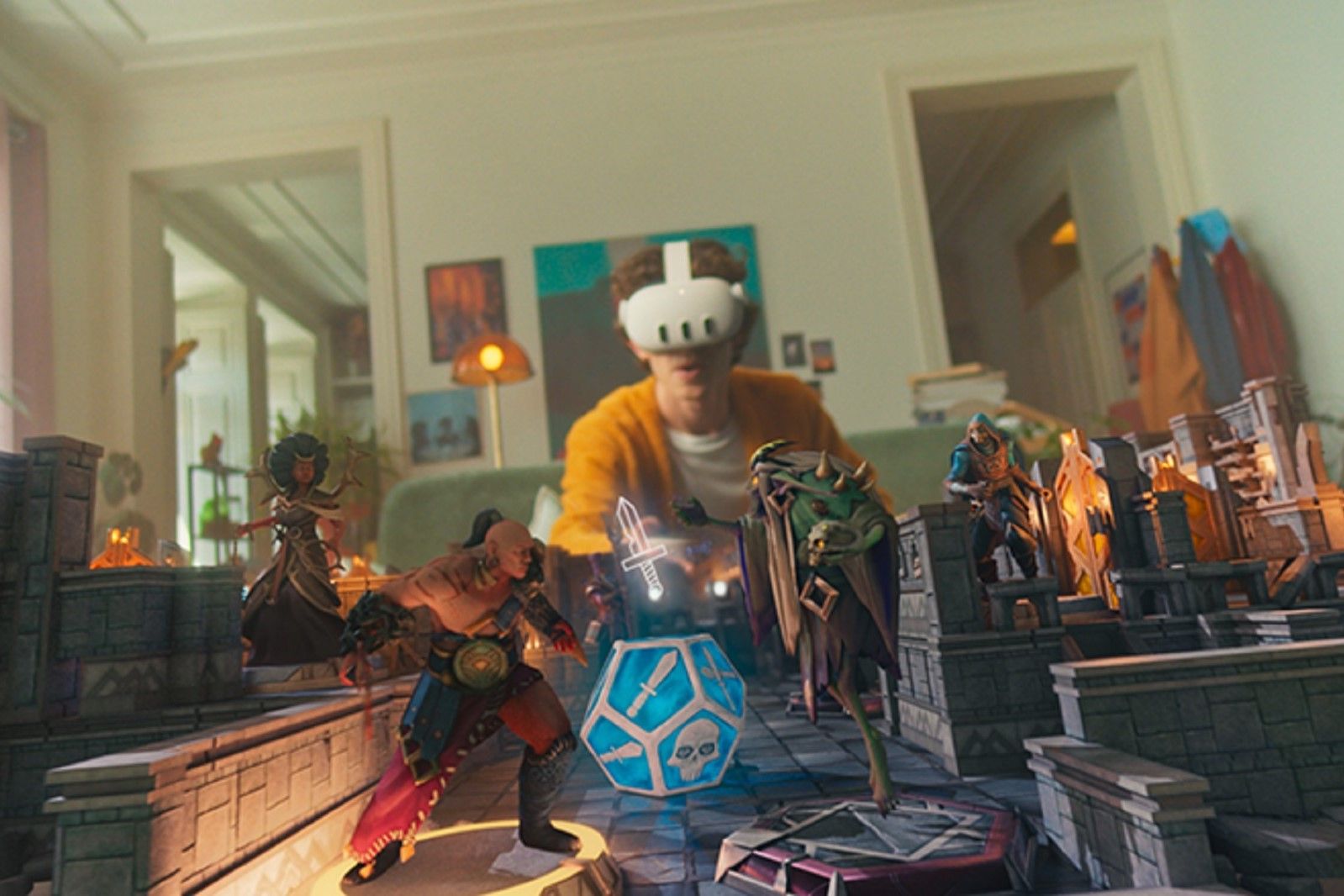Following the announcement of Apple's long-awaited Vision Pro headset, as well as Meta's recent focus on the metaverse, you may be hearing the word XR thrown about more often.
While most people are familiar with VR thanks to the popularity of devices like the Oculus Quest. You'll probably be far less acquainted with the concept of XR, and the way in which the term is used often does little to clarify what exactly XR is. Thankfully, XR is simpler than it may first appear, so let's dive in.
What is XR?
XR is an abbreviation of Extended Reality. It's an umbrella term that covers the combination of Virtual Reality, Augmented Reality and Mixed Reality. Devices that claim to be capable of XR can deliver experiences relating to all three. So, to better understand what XR entails, here's have a refresher on its three main components.
Virtual Reality
VR is a technology that allows you to put on a headset and enter a virtual world that you can interact with. It's most commonly used for gaming but VR can also be used to create art, have social interactions and even be used as a fitness tool.
Augmented Reality
AR is the process of combining virtual elements with the real world. There's a good chance that you've already had an AR experience using the camera on your phone. Some examples are games like Pokemon Go or Snapchat filters that place 3D objects on your head.
Mixed Reality
MR combines VR and AR to create an immersive experience where virtual objects interact with the real world. MR is still an emerging technology, and it has typically relied on niche hardware like Microsoft's HoloLens. Now, though, that's all changing, thanks to video passthrough improvements on the Meta Quest Pro, the upcoming Meta Quest 3 and, of course, the Apple Vision Pro.
What devices support XR?
Since XR is an umbrella term that includes everything from VR gaming to, by some definitions, things as simple as Live View in Google Maps; it can be tricky to pinpoint exactly what an XR device is. Technically, your phone is an XR device but that's not really the kind of experience that we're talking about in this article.
We think the best examples of XR devices are headsets that are capable of both MR and VR experiences in one device. Currently, these tend to be traditional VR headsets with cameras on the front like the Meta Quest Pro and Valve Index - and that looks to remain the trend, as it's essentially how the Vision Pro works, too.
Until recently, these devices have been designed as VR first with MR feeling like something of an afterthought. Simply for the reason that there is a lot more VR content to be played and consumed, compared with MR which is more niche, and mainly constrained to the enterprise and industrial sectors.
Now though, things are changing. The Apple Vision Pro launch was almost entirely focused on MR experiences, and VR barely got a look in. In fact, Apple quite deliberately refrained from using the word VR in its entire presentation. Early reports say that one of the most notable features of the Quest 3 is its MR capabilities, so it's not just the high-end of the market that will benefit.
How will XR be used in the metaverse?
Technically speaking, the metaverse concept as outlined by Meta is XR. Mark Zuckerberg said that the metaverse is "the future we are working towards. A virtual environment where you can be present with people in a digital space." He also stated that Facebook's metaverse will be accessible from all devices and apps, so it won't be just a VR experience.
As frustratingly vague as the metaverse concept is, we know it will take elements of VR, AR and MR and combine them with traditional internet use as a platform for socialising, gaming and working. If that sounds quite a lot like XR, that's because it is.


